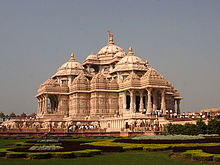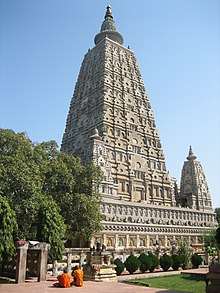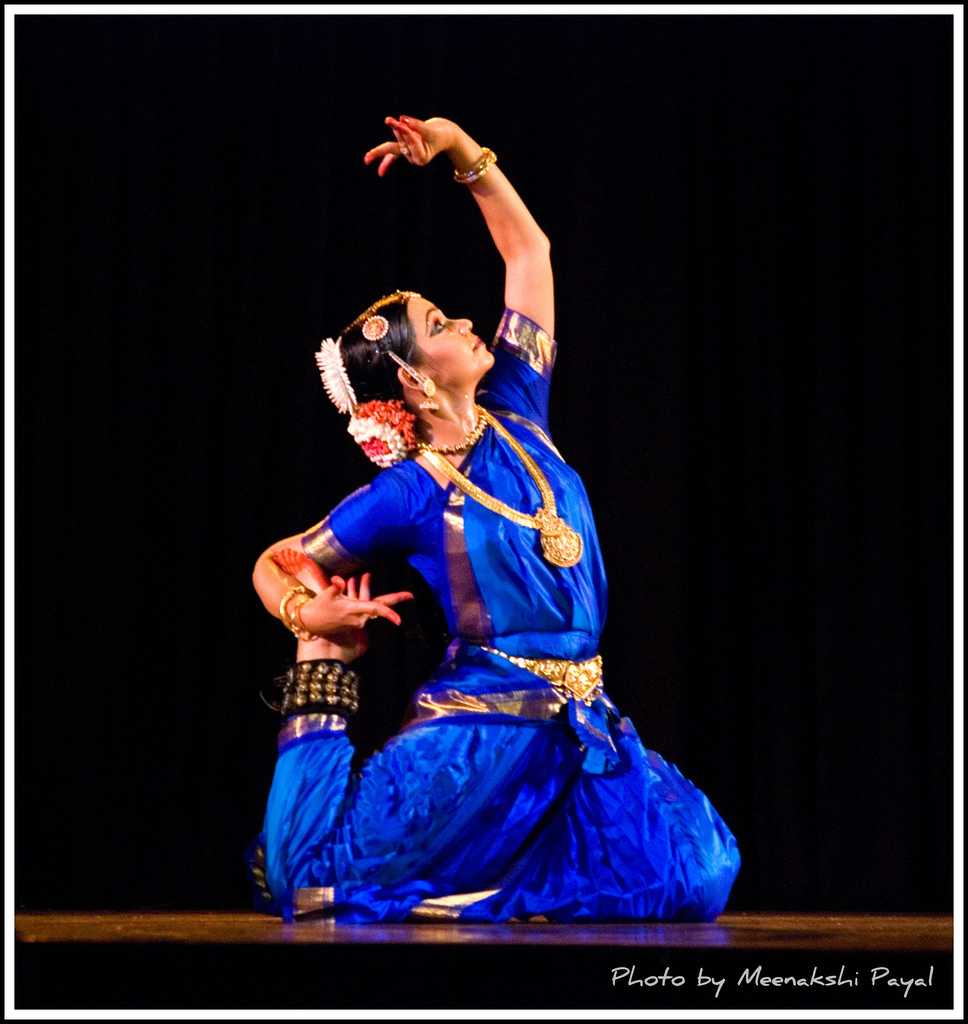Rulog Blog in Asia
CULTURE OF INDIA
Indian culture is the heritage of social
norms and technologies that
originated in or are associated with the ethno-linguistically diverse India. The term
also applies beyond India to countries and cultures whose histories are
strongly connected to India by immigration, colonisation, or influence,
particularly in South Asia and Southeast
Asia. India's languages, religions, dance, music, architecture, food and
customs differ from place to place within the country.
Indian culture, often labelled as a combination of several
cultures, has been influenced by a history that is several millennia old,
beginning with the Indus Valley civilization and
other early cultural areas. Many
elements of Indian culture, such as Indian
religions, mathematics, philosophy, cuisine, languages, dance, music and movies have
had a profound impact across the Indosphere, Greater
India, and the world According to Jean Przyluski, there is evidence
for regional influence from Austroasiatic (Mon
Khmer) groups on certain cultural and political elements of Ancient
India, which may have arrived together with the spread of rice
cultivation from Mainland Southeast Asia.
India has rich and centuries old culture. The country has been an invader’s paradise and has seen many rulers from time to time such as Mughals, British, Portuguese, Turks, Afghans, Persians, Greeks, Chinese nomads and Arabs.
Along with this, various religions also flourished and took birth in Indian subcontinent such as Buddhism, Jainism, Hinduism, Islam, Christianity, Sikhism, etc. All these factors influenced the culture of India to a large extent.
India has people belonging to various origins such as Dravidians, the Aryans, the Mongols, the Semites along with various other tribes. Indian culture is a result of diversity in almost each and every aspect of the country.
Varied geographical conditions ranging from South to North, from East to West, from snow clad mountains to golden beaches, from rivers to deserts also impact a culture and living style of the people to a large extent.
Culture of India is a beautiful amalgamation of varied factors coming together and creating vibrant and colourful practices and life.
Religious culture
Hinduism

Hinduism is an ancient religion with the largest religious grouping in India, with around 966 million adherents as of 2011, composing 79.8% of the population.[85] Hinduism is diverse, with monotheism, henotheism, polytheism, panentheism, pantheism, monism, atheism, animism, agnosticism, and gnosticism being represented. The term Hindu, originally a geographical description, derives from the Sanskrit, Sindhu, (the historical appellation for the Indus River), and refers to a person from the land of the river Sindhu. Hindus following the traditional religion call it Sanatana Dharma (or "Eternal Way").The adherents of Sanatana Dharma call themselves as "Sanatani", the original word for the adherents of Sanatana Dharma. Hindu reformist Sects such as the Arya samaj do not use the term Sanatani.
Islam

Islam is a monotheistic religion centered on the belief in one God and following the example of Muhammad; it is the largest minority religion in India. About 14.2% of the country's population or approx. 172.2 million people identify as adherents of Islam (2011 census). It makes India the country with the largest Muslim population outside Muslim-majority countries. Muslims are a majority in states Jammu and Kashmir and Lakshadweep,[102] and live in high concentrations in Uttar Pradesh, Bihar, West Bengal, Assam, and Kerala.[102][103] There has been no particular census conducted in India with regards to sects, but sources suggest the largest denomination is Sunni Islam[104] with a substantial minority of Shia Muslims and Ahmadiyya Muslims. Indian sources like Times of India and DNA reported the Indian Shiite population in mid-2005–2006 to be between 25% and 31% of entire Muslim population of India, which accounts them in numbers between 40 and 50 million
Buddhism

Buddhism is an Indian, transtheistic religion and philosophy. Around 8.5 million Buddhists live in India, about 0.7% of the total population.[116] Buddhism as a religion is practised mainly in the foothills of the Himalayas and is a significant religion in Sikkim, Arunachal Pradesh, Ladakh, Darjeeling in West Bengal, and the Lahaul and Spiti districts of Himachal Pradesh. Besides, a significant number of Buddhists reside in Maharashtra. They are the Buddhists or Navayana Buddhists who, under the influence of B. R. Ambedkar embraced Buddhism in order to escape the casteist practices within Hinduism. Ambedkar is a crucial figure, along with Anagarika Dharmapala of Sri Lanka and Kripasaran Mahasthavira of Chittagong behind the revival of Buddhism in India in the 19th and 20th centuries. The escape of the 14th Dalai Lama, Tenzing Gyatso to India fleeing Chinese occupation of Tibet in 1959 and the setting up of the Tibetan Government in Exile at Dharamshala in Mcleodganj in Himachal Pradesh has also accelerated the resurgence of Buddhism in India. The effective religion in Sikkim, which joined the Indian Union in 1975 (making it India's 22nd state) remains Vajrayana Buddhism, and Padmasambhava or Guru Ugyen is a revered presence there.
Bharatnatyam
Tamil Nadu, South India

KathaK
Uttar Pradesh, North India
TRADITION IN INDIA
Vedic mantras
Vedic mantras are particular types of repetitive chants. They are used as part of alternative medicine in India, but they are also incorporated into religious prayers known as Puja. The aim of these mantras is to achieve positive spiritual and physical energy.
The tradition of Tilak
You may have seen Indians wearing an orangey red straight line on their forehead during weddings or other times of celebration. This mark is known as the Tilak. The Tilak mark is usually made with the finger, and the pigment comes from the use of a coloured paste which is applied with the finger to the recipient’s forehead. The most commonly used paste in the tradition of Tilak is sandalwood paste. Tilak marks can have numerous different significances. They may mark somebody out as undergoing a special event such as a marriage, or they may just be for decoration. Alternatively, they can have a deep spiritual significance and mark the wearer out as devoted to a contemplative and spiritual life. Tilak marks can have several different designs, ranging from crosses, to vertical orange and white lines, to simple rounded smudges.
BELIEFS OF INDIA







Comments
Post a Comment